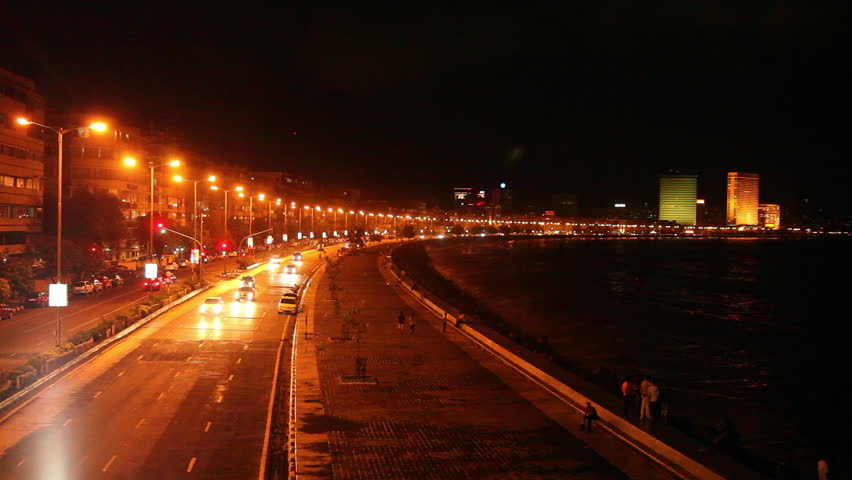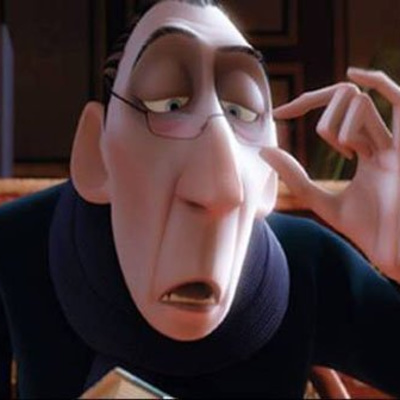By Pranav Joshi
When films were first shown at Bombay’s erstwhile Watson Hotel on 7th July 1896, they contained soundless recordings of just the kind of routine humanity an average film goer today – craving drama and action – would cringe at. People exiting trains and walking on platforms, factory workers shaping metal with hammer and chisel, a plant growing on the sidewalk amidst busy pedestrians jostling for space – supposedly mundane happenings in any modern city.
Why then, were people coming in hordes to see something they knew had no otherworldly aura? What prompted some individuals who noticed this phenomenon to venture into making more of the same? What drove Dadasaheb Phalke, Baburao Painter, V.Shantaram, Franz Osten and countless others to become inventors and pioneers of cinema?
Surely it was not just about exploiting a newly discovered “moving picture” for monetary gain. Instead, they knew deep within that they were on the cusp of redefining our perception of the world and its memories, communication and the experience of time. As the craze started taking hold of entire nations, Bombay saw its own film industry flourish after finally shifting from Kolhapur and nearby Pune in Maharashtra in the early 1910s.
As the concept of travelling theatres became popular, more businessmen began investing resources in filmmaking and exhibition. Film theatres soon sprung up with publicity and marketing departments of their own while actors increasingly gained popularity. The era of the talkies revolutionized the medium forever and from the 1930s, there was no looking back. Bombay already had a significant cosmopolitan culture since the early 40s and the Bombay Hindi Film Industry got its “Bollywood” moniker during this socio-politically volatile era.
The films became predominantly urban because the traditional target audience was assumed to patronize the studio system. Soon, actors, writers, technicians and singers migrated from all parts of the country and beyond to find work after Partition. The cultural cauldron teemed with multiple identities leading to a composite “Bambaiya” character. The socialist mood dictated the depiction of the city as a curtain of glamour hiding inequity, greed and amoral desire.
A most prominent example is Muhammad Rafi’s “Ye Hai Bombay Meri Jaan” in Guru Dutt’s CID (1956). Yet the city never lost its charm as a land of dreams and opportunities, even with poverty, dejection and apathy all around. Its allure, since decades, has always resided in the dichotomy of owning one’s life as well as witnessing its identity dissolve in the limitless sea of anonymity.
As the Parallel Cinema movement caught on in the late 60s and early 70s, a return to themes of urban discontent and emotional conflict were observed in the films of Govind Nihalani, Saeed Akhtar Mirza and Sai Paranjpe. While Saeed Mirza underscored the existential void of driving through Mumbai’s chaotic streets in Arvind Desai Ki Ajeeb Dastaan (1978), Sai Paranjpe evoked cheeky humour through social faux pas of the rising urban middle class. Conversely, Govind Nihalani made his audiences take a hard look at urban isolation, social depravity, injustice, emotional longing and pathos.
Some of these themes are pursued as recently as in Ritesh Batra’s The Lunchbox (2013), albeit with a quirky romantic twist depicting the urge to seek connection in an evocatively sombre and moody Mumbai. Anurag Kashyap’s cinematic observations uncover the crime-ridden, seedy underbelly of Mumbai with its dystopian misanthropy and moral ambiguity. Chaitanya Tamhane’s Court (2014), on the other hand, questions the Indian judiciary system in an urban social milieu fragmented on the basis of caste, creed, class and language. These filmmakers and many others have, over the years, adopted new grammar and told unique stories drawing from different aspects of life. Where they unite is when they choose to show a face of the city which reflects their own psyche. Each voice, though varying in tone and intent, echoes through the same streets and alleyways, hoping that it does not drown in the relentless din of tidal waves crashing on the city’s numerous beaches.
Cinema has been kept alive because it has been informed by and influenced the imagination of millions of Indians. The visual fabric of Mumbai’s urban life though, through these 100 years of celluloid, has changed cosmetically. A walk along Marine Drive is no longer soaked in soft, yellow light as seen in Ayan Mukherjee’s Wake Up Sid (2009). Nor can someone ardently look forward to meet their loved ones at Jehangir Art Gallery’s Café Samovar like Arun and Prabha from Basu Chatterjee’s Chhoti Si Baat (1976). Yet, the hypnotic pulse of a city on its toes, encompassing the aspirations, vulnerabilities and destinies of all those who call it home dares to outrun time itself. The roads will be renamed, the buildings remodelled, people will cease to exist, but the spirit will somehow endure.






Leave A Comment
You must be logged in to post a comment.